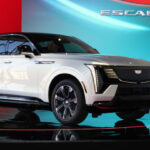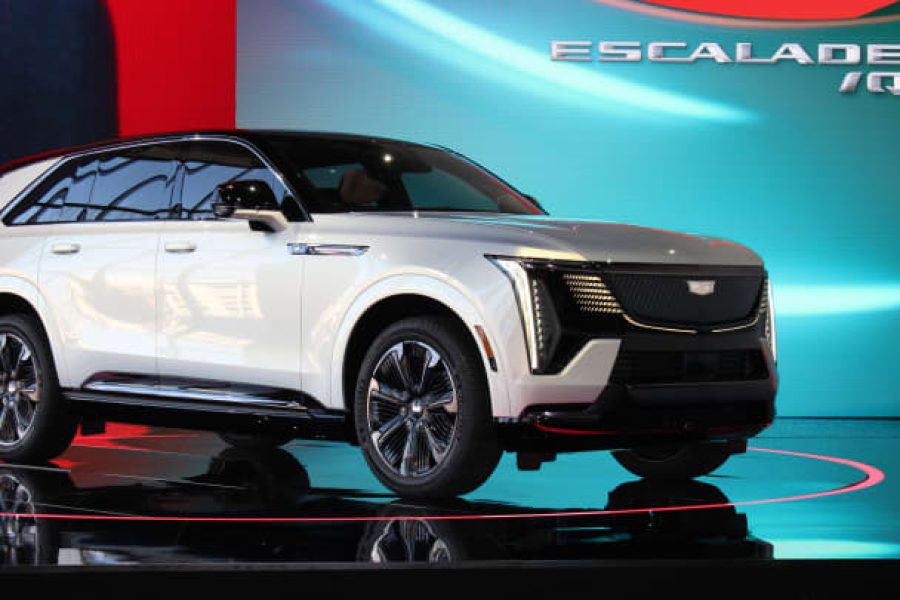Key takeaways:
- Cadillac expects 30% to 35% of its U.S. sales to be electric vehicles (EVs) by 2025.
- The automaker aims to offer five EV models by the end of this year, including the Escalade IQ and Optiq.
- Cadillac’s U.S. EV sales are projected to increase significantly from 18% observed in 2024.
Introduction
Cadillac, the luxury division of General Motors, has set ambitious sales targets for its electric vehicle (EV) portfolio:
- The company anticipates that between 30% and 35% of its total U.S. vehicle sales will consist of electric models by 2025.
- Cadillac plans to expand its EV offerings, introducing five distinct electric models before the year ends.
- This forecast reflects a significant increase from the 18% share of EV sales it achieved in 2024, indicating a robust shift towards electric mobility.
Detailed Analysis
As Cadillac shifts its focus to electric vehicles, it illustrates a broader trend within the automotive industry grappling with evolving consumer preferences and regulatory pressures. The company’s strategic rollout includes the recently launched Escalade IQ—a large electric SUV starting around $130,000—and the entry-level Optiq, priced at approximately $55,000. This expansion is not only crucial for Cadillac’s growth but can also reshape its brand image as a leader in the luxury EV segment 1.
In 2024, the total U.S. EV sales were 8.1%, which fell short of the anticipated 10% market share. Cadillac’s willingness to project significant growth in its EV portfolio is noteworthy, especially as the outlook for the EV market continues to evolve. Earlier issues like consumer anxieties and market readiness seemed to stall rapid adoption, but Cadillac is doubling down on its commitment to electrification 2.
Brad Franz, Cadillac’s director of marketing, expressed optimism about the company’s plans, emphasizing that the goal is not merely redistributing existing sales between traditional combustion models and EVs but rather to increase the overall market 3. This approach may reflect how luxury brands can harness consumer interest in EVs, which is projected to escalate as models become more competitive in both pricing and features. Recent studies have shown that consumer interest in EVs is significantly rising despite existing barriers such as charging infrastructure 4.
Cadillac’s performance has shown promise, as evidenced by an 8.8% increase in total U.S. sales last year, driven primarily by growing demand for the Lyriq, which saw sales triple since its launch 5. With consumers increasingly favoring sustainable options, Cadillac’s EV strategies may capture a favorable position in a market poised for expansion. The anticipated launch of the Optiq and potential for the Escalade IQ to disrupt the traditional SUV market further underscores the brand’s commitment to navigating this shift.
Conclusion
The pivot to electric vehicles by Cadillac reflects an essential transition for the brand as well as the automotive industry at large. With increasing consumer demand for EVs expected to continue, investors should keep a close watch on Cadillac’s performance and the overall market dynamics. As the company works to capture a larger share of the luxury EV sector, the implications for growth and market acceptance of EV technology could create compelling investment opportunities within the broader auto industry.
References
1 Cadillac expects one of every three vehicle sales to be EVs in 2025. CNBC. Published March 18, 2025.
2 Cox Automotive. (Date). “2024 EV Sales.” Retrieved [Current Date].
Tags: Cadillac, Electric Vehicles, EV Sales, General Motors, Investment Opportunities

